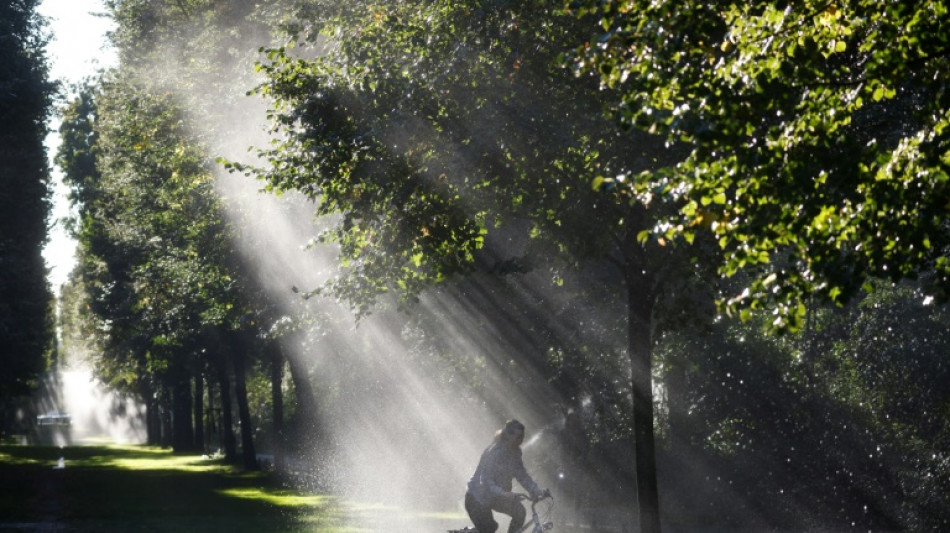
-
 Zelensky vows overhaul of Ukraine's scandal-hit energy firms
Zelensky vows overhaul of Ukraine's scandal-hit energy firms
-
South Africa defy early red card to beat Italy

-
 Alex Marquez claims Valencia MotoGP sprint victory
Alex Marquez claims Valencia MotoGP sprint victory
-
McIlroy shares lead with Race to Dubai title in sight

-
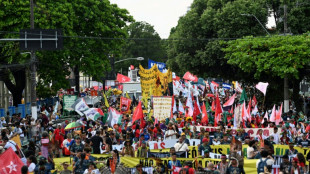 Climate protesters rally in Brazil at COP30 halfway mark
Climate protesters rally in Brazil at COP30 halfway mark
-
Spike Lee gifts pope Knicks jersey as pontiff meets film stars
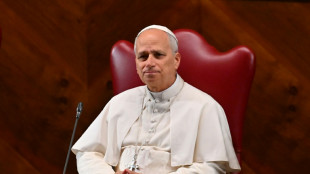
-
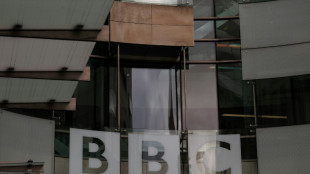 BBC caught in crossfire of polarised political and media landscape
BBC caught in crossfire of polarised political and media landscape
-
'Happy' Shiffrin dominates in Levi slalom for 102nd World Cup win

-
 Palestinian national team on 'mission' for peace in Spain visit
Palestinian national team on 'mission' for peace in Spain visit
-
Brazilian 'Superman' cheers child cancer patients in Ghana

-
 India close in on win over South Africa after Jadeja heroics
India close in on win over South Africa after Jadeja heroics
-
Huge explosions rock industrial area near Argentina's capital
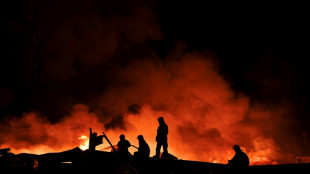
-
 Bezzecchi takes pole for Valencia sprint and MotoGP
Bezzecchi takes pole for Valencia sprint and MotoGP
-
Dominant Shiffrin leads after first slalom run in Levi

-
 Nine killed in accidental explosion at Indian Kashmir police station
Nine killed in accidental explosion at Indian Kashmir police station
-
Climate protesters to rally at COP30's halfway mark

-
 Fighting South Africa lose Rickelton after India 189 all out
Fighting South Africa lose Rickelton after India 189 all out
-
Harmer leads South Africa fightback as India 189 all out

-
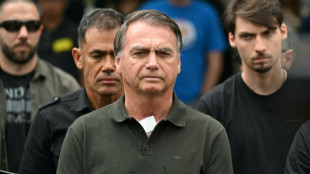 Prison looms for Brazil's Bolsonaro after court rejects his appeal
Prison looms for Brazil's Bolsonaro after court rejects his appeal
-
EU bows to pressure on loosening AI, privacy rules
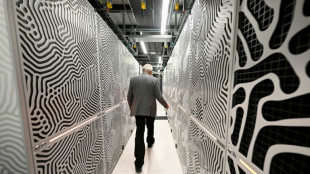
-
 India close in on lead despite South African strikes
India close in on lead despite South African strikes
-
Curry's 49 points propel Warriors in 109-108 win over Spurs

-
 NZ boxer Parker denies taking banned substance after failed test
NZ boxer Parker denies taking banned substance after failed test
-
Australia setback as Hazlewood ruled out of 1st Ashes Test

-
 Australia pace spearhead Josh Hazlewood ruled out of 1st Ashes Test
Australia pace spearhead Josh Hazlewood ruled out of 1st Ashes Test
-
UN Security Council to vote Monday on Trump Gaza plan

-
 Japan's Tomono leads after men's short program at Skate America
Japan's Tomono leads after men's short program at Skate America
-
China tells citizens to avoid Japan travel as Taiwan row grows

-
 Purdue Pharma to be dissolved as US judge says to approve bankruptcy
Purdue Pharma to be dissolved as US judge says to approve bankruptcy
-
Iran's first woman orchestra conductor inspires

-
 Wood gets all-clear in boost for England
Wood gets all-clear in boost for England
-
Golf's world No. 8 Thomas has back surgery

-
 Rebooted Harlem museum celebrates rise of Black art
Rebooted Harlem museum celebrates rise of Black art
-
'Desperation in the air': immigrant comics skewer Trump crackdown

-
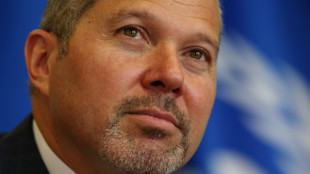 UN regulator says shipping still wants to decarbonize -- despite US threats
UN regulator says shipping still wants to decarbonize -- despite US threats
-
Grant, Kim share halfway lead in LPGA Annika tournament

-
 Musk's Grokipedia leans on 'questionable' sources, study says
Musk's Grokipedia leans on 'questionable' sources, study says
-
Trump signs order to lower tariffs on beef, coffee, other goods

-
 Croatia qualify for 2026 World Cup, Netherlands close, Germany in limbo
Croatia qualify for 2026 World Cup, Netherlands close, Germany in limbo
-
'Last Chance U' coach dies after shooting: US police

-
 Sinner completes perfect ATP Finals group stage, Auger-Aliassime reaches last four
Sinner completes perfect ATP Finals group stage, Auger-Aliassime reaches last four
-
Woltemade sends Germany past Luxembourg in World Cup qualifier

-
 Croatia qualify for 2026 World Cup with 3-1 win over Faroes
Croatia qualify for 2026 World Cup with 3-1 win over Faroes
-
Kai Trump makes strides but still misses cut in LPGA debut

-
 Return to bad days of hyperinflation looms in Venezuela
Return to bad days of hyperinflation looms in Venezuela
-
US airspace recovers as budget shutdown ends
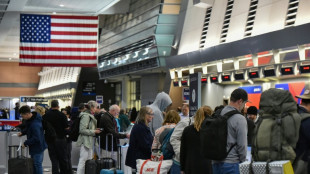
-
 Russia strike on Kyiv apartment block kills six, Ukraine says
Russia strike on Kyiv apartment block kills six, Ukraine says
-
Arrest made in shooting of 'Last Chance U' coach: US police
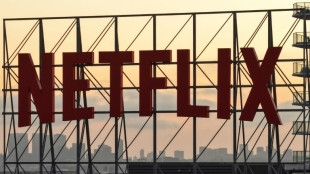
-
 At COP30, senator warns US 'deliberately losing' clean tech race with China
At COP30, senator warns US 'deliberately losing' clean tech race with China
-
US, Switzerland say deal reached on trade and tariffs
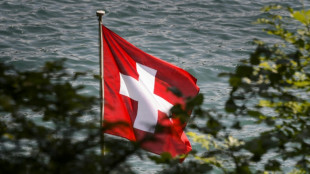

Compact, green and car-free. Can city living beat climate change?
With a whopping 70 percent of humanity predicted to be living in urban areas by the middle of the century, UN climate experts see a huge opportunity to create ideal cities that are walkable, leafy and energy efficient.
Urban areas currently account for around 70 percent of global greenhouse gas emissions, notes a comprehensive report on climate change solutions from the UN's Intergovernmental Panel on Climate Change released this week.
We are in the "urban century", the report says, with nearly seven billion people expected to live in built-up areas by 2050.
If this rapid expansion is chaotic, unplanned and inefficient it could cause emissions to explode.
But the IPCC says there is another option.
"Although urbanisation is a global trend often associated with increased incomes and higher consumption, the growing concentration of people and activities is an opportunity to increase resource efficiency and decarbonise at scale," the report says.
Cities are already more efficient: For the same level of consumption, a city dweller often needs less energy than their neighbour in the countryside.
That's because of the economies of scale in densely populated areas, where people share infrastructure and services, it says.
The IPCC did not give specific price tags for the measures it outlines, since they would vary considerably from place to place, but stressed that electrification, for example, was a "feasible, scalable and affordable" way of decarbonising public transport systems.
Overall, the IPCC makes clear that the economic benefits of cutting carbon pollution outweigh the costs of climate inaction.
Air pollution, for example, causes some seven million premature deaths each year around the world.
The report said the economic payback from reducing air pollution alone would be on the "same order of magnitude" as the investments needed to slash emissions, potentially even larger.
And the value of improvements in health and quality of life go beyond money.
So what would an ideal city look like?
- Car-free -
The IPCC paints a picture of a "compact and walkable" urban area, with relatively high density of housing, shops and offices located close together, so that the journey from home to work and to services is short.
"Larger cities around smaller communities," said Diana Reckien, of Utwente University in the Netherlands, citing the example of recent restructuring of urban planning in Berlin.
"A community is really four-by-four blocks, with only small streets, either a playground or a market square, mostly in the middle, and all basic services (grocery stores, stationery, doctors, hairdresser)," said the researcher, who was not involved in the IPCC analysis.
Then you need to connect these districts together with cheap, reliable and plentiful public transport to wean households off their cars.
- Two colours -
Green and blue -- plants and water -- are essential additions to the often monochrome urban landscape.
Today, cities are net carbon emitters, but they could both reduce their emissions and absorb more carbon, according to the IPCC.
Urban forests, tree-lined streets, green roofs or facades, parks or waterways are all examples.
This "green and blue infrastructure" will not just help to suck up emissions but can also play an important role in protecting neighbourhoods from the impacts of global warming.
For instance, if more plants grow in amongst the buildings then they can reduce the effects of what is known as "urban heat islands", which are dense urban areas that amplify the suffocating effects of heatwaves.
That has been done for example in Colombia, where the second-largest city, Medellin, transformed the verges of roads and waterways into 30 green corridors that reduce the impact of the heat island effect, the UN's Environment Programme says.
Basins, grass verges and waterways can absorb flooding, like a large-scale "Sponge City" project in China.
"Cities should combine their mitigation efforts with adaptation, which can often create visible local benefits," said Tadashi Matsumoto, an expert at the OECD who was not involved in the report.
"If you are only talking to citizens about global carbon emissions, they may not feel it is a priority. But if you're talking to them about floods or the heat island effect, then they may feel these are their problems," he told AFP.
- From ideal to real -
Growing cities are the perfect places for green innovation, said Reckien.
But she added that people needed to be given sufficient information.
"It's important for people who live in cities to understand why it's done, how they can use it, how it is improving their life. Especially since it's usually done on tax money," she said.
Not all urban areas face the same challenges, the IPCC report makes clear.
Older, established cities will have to replace or retrofit their existing building stock, electrify the energy system and overhaul transport systems -- more costly than building new urban areas from scratch.
Fast-growing cities must resist the urge to sprawl, it said, keeping distances between homes and offices short.
And finally new or emerging cities have the chance to get it right the first time.
They will have "unparallelled potential to become low- or net-zero emissions urban areas while achieving high quality of life", the report said.
With some 880 million people living in informal urban settlements, the IPCC added that much of the urban infrastructure of 2050 has yet to be built.
"How these new cities of tomorrow will be designed and constructed will lock-in patterns of urban energy behaviour for decades if not generations," it said.
T.Ibrahim--SF-PST


